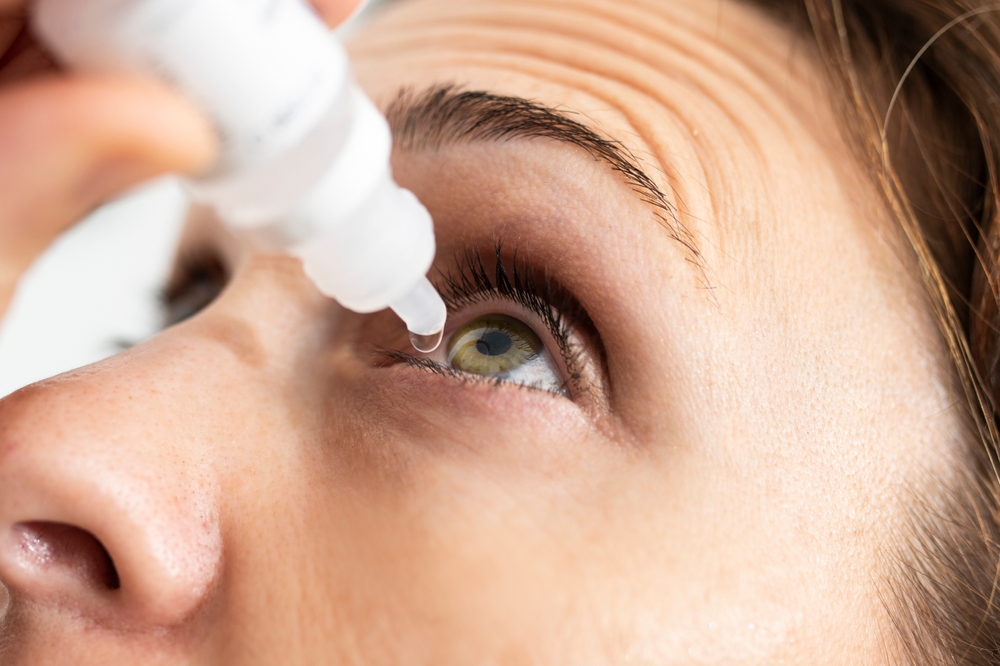
Dry eye syndrome is a common condition that can lead to discomfort, blurry vision, and even long-term eye health issues if left untreated. One of the most frequently recommended first steps in managing dry eyes is the use of artificial tears.
What is Dry Eye?
Dry eye is a condition that occurs when your eyes don’t produce enough tears or when the quality of your tears is poor, leading to inadequate lubrication of the eye’s surface. This condition can be caused by a variety of factors, including aging, hormonal changes, environmental conditions, prolonged screen time, certain medications, meibomian gland dysfunction, and underlying health issues.
How Artificial Tears Help
Artificial tears are over-the-counter eye drops formulated to mimic your natural tears. They work by lubricating the surface of the eye, reducing friction, and protecting against further dryness and irritation. Most contain a blend of water, electrolytes, and polymers to stabilize the tear film.
How Long Before You Feel Relief?
The timeline for improvement with artificial tears depends on several factors, including the severity and underlying cause of your dry eye symptoms. Here's a general guideline:
Mild dry eye: Relief may be felt within minutes to hours after applying artificial tears. Regular use throughout the day may maintain comfort and hydration.
Moderate to severe dry eye: It may take several days to a few weeks of consistent use to notice a significant improvement. In more chronic cases, artificial tears alone might not be enough to fully resolve the issue.
Artificial tears should typically be used 2 to 4 times daily, or more often if advised. Make sure to use preservative-free drops if you need frequent applications, as preservatives can cause further irritation for some individuals.
When to See Your Eye Doctor
While artificial tears can be effective for short-term relief, they may not address the root cause of dry eyes. It's important to see your eye doctor if:
You’ve used artificial tears regularly for more than a week with little or no improvement
You experience eye pain, redness, swelling, or vision changes
You need drops more than six times per day
Your symptoms are getting worse or interfering with daily activities
Chronic dry eye may require additional treatment, such as prescription eye drops, punctal plugs, warm compresses, or advanced in-office therapies. A comprehensive evaluation by your eye care provider can help identify the underlying cause of your dry eye and guide the development of a personalized treatment plan tailored to your specific needs.
Schedule Your Dry Eye Evaluation Today
Artificial tears can provide fast and effective relief for many dry eye sufferers, especially when used consistently. However, if your symptoms persist or worsen, it’s a sign that you may need a comprehensive evaluation to determine the root cause and appropriate treatment.
If you're struggling with persistent discomfort, schedule a dry eye consultation with Eyewellniss to find lasting relief. Visit any of our offices in Edgewater, Livingston, Watchung, or Paramus, New Jersey. Please call (201) 945-8931, (973) 535-1171, (908) 322-5020 or (201) 712-0888 to book an appointment today.









